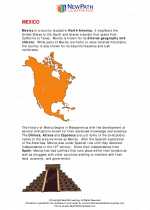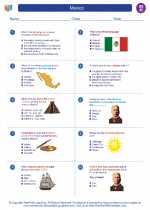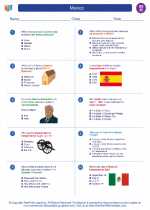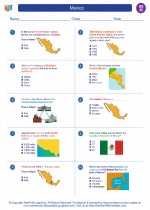What was the Iron Curtain?
The Iron Curtain was a symbolic and physical divide between the communist Eastern Bloc, led by the Soviet Union, and the democratic Western European countries and the United States. The term represented the division and lack of communication that existed between the two sides. It also symbolized the restrictions on travel, communication, and exchange of ideas between the Eastern and Western blocs.
Origins of the Iron Curtain
The Iron Curtain began to take shape at the end of World War II, following the Yalta and Potsdam Conferences, where the Allies (United States, United Kingdom, and Soviet Union) negotiated the post-war reorganization of Europe. The Soviet Union sought to establish a sphere of influence in Eastern Europe, leading to the imposition of Communist governments in countries such as Poland, Czechoslovakia, Hungary, and East Germany. This resulted in the division of Europe into two opposing ideological camps.
Impact of the Iron Curtain
The Iron Curtain had far-reaching consequences. It led to the division of Germany, with the construction of the Berlin Wall in 1961 further solidifying the separation between East and West. The division also influenced international relations, as the United States and its allies formed NATO to counter the influence of the Soviet-led Warsaw Pact. Additionally, the Iron Curtain heightened the tensions of the Cold War and led to proxy conflicts in various parts of the world.
Study Guide
- Discuss the origins of the Iron Curtain and its significance in post-World War II Europe.
- Identify the key countries affected by the Iron Curtain and the division between the Eastern and Western blocs.
- Analyze the impact of the Iron Curtain on international relations and the development of the Cold War.
- Examine the role of key leaders such as Winston Churchill and Joseph Stalin in shaping the concept of the Iron Curtain.
- Discuss the eventual fall of the Iron Curtain and its implications for European and global politics.
[Iron Curtain] Related Worksheets and Study Guides:
.◂Social Studies Worksheets and Study Guides Eighth Grade. Mexico

 Worksheet/Answer key
Worksheet/Answer key
 Worksheet/Answer key
Worksheet/Answer key
 Worksheet/Answer key
Worksheet/Answer key
 Worksheet/Answer key
Worksheet/Answer key
